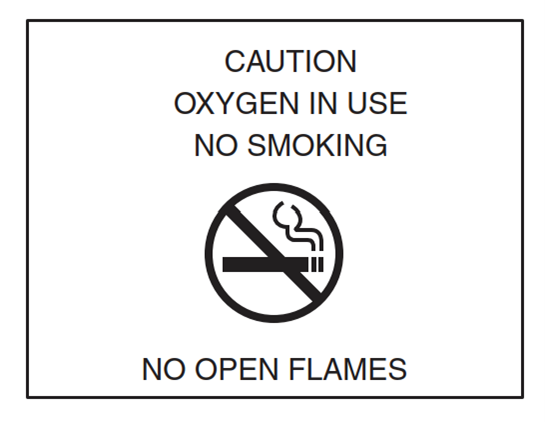From now until May 12, healthcare workers can save big on sneakers, beauty, food, and more.
For details go to https://www.prevention.com/health/a64691349/national-nurses-week-freebies-discounts-2025/
From now until May 12, healthcare workers can save big on sneakers, beauty, food, and more.
For details go to https://www.prevention.com/health/a64691349/national-nurses-week-freebies-discounts-2025/
The American Health Care Association/National Center for Assisted Living’s Gero Nurse Prep course significantly increases RNs’ gerontological nursing competency test scores. Registrants can save $200 on Gero Nurse Prep through May 15, 2025, with promo code GROWRNS (all caps).
The deadline for nursing homes to report health care personnel (HCP) influenza vaccination coverage in the Centers for Disease Control and Prevention’s (CDC’s) National Health Safety Network (NHSN) is fast approaching.
You can make a difference in how we understand the health care workforce who cares for people living with dementia across the United States.
The American Health Care Association/National Center for Assisted Living’s Gero Nurse Prep course significantly increases RNs’ gerontological nursing competency test scores. Registrants can save $200 on Gero Nurse Prep through May 15, 2025, with promo code GROWRNS (all caps).
Restorative nursing is essential for enhancing residents’ quality of life, promoting independence, and improving overall health outcomes. When staff is trained in restorative techniques, communities can better support residents in overcoming daily physical, communicative, and functional challenges, helping them lead fuller, more meaningful lives.
Certified Nurses Day™ occurs every March 19 and is an annual day of recognition for and by health care leaders dedicated to nursing professionalism, excellence, recognition, and service. The American Health Care Association/National Center for Assisted Living’s Gero Nurse Prep course significantly increases RNs’ gerontological nursing competency test scores. Registrants can save $200 on Gero Nurse Prep through May 15, 2025, with promo code GROWRNS (all caps).
Every March, the National Association of Councils on Developmental Disabilities (NACDD) and its partners collaborate to lead Developmental Disabilities Awareness Month (DDAM), an annual campaign highlighting how people with and without disabilities form strong communities together. Established in 1987 by President Ronald Reagan, Developmental Disabilities Awareness Month highlights the importance of fostering a society where people with disabilities are empowered to contribute to their communities. NACDD’s 2025 theme, We’re Here All Year, focuses on how people and programs are always contributing, not just during this observance.
Managing life safety compliance is a complex, multi-faceted task. It requires knowledge in multiple codes, utilization of the proper code editions, and determination of which requirements are applicable to your building. This blog post will break down the requirements around oxygen signage.

